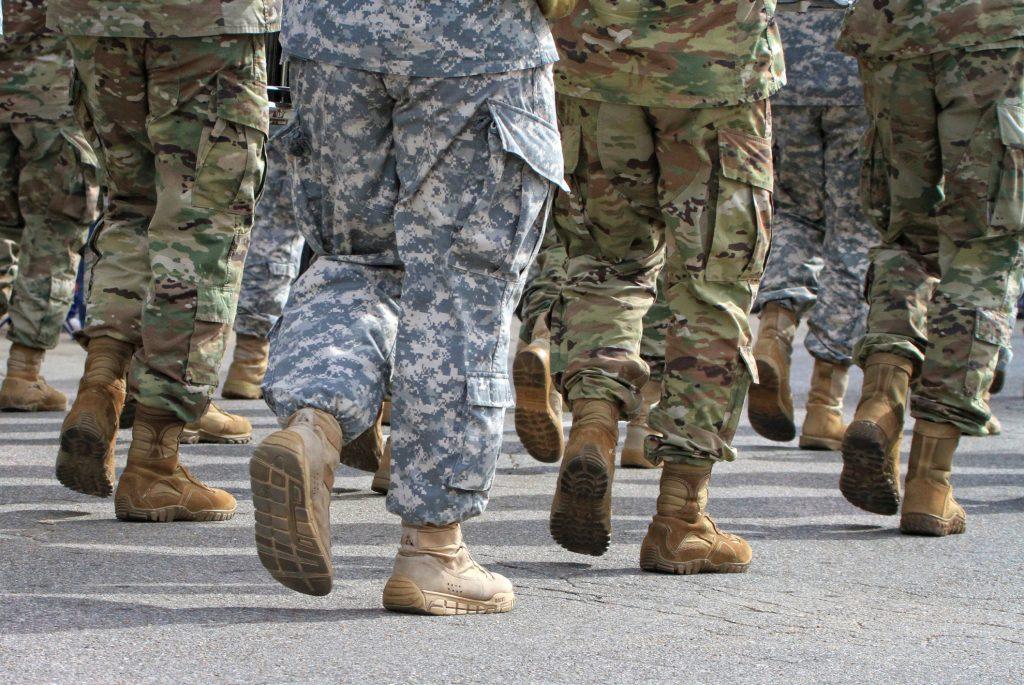
The recent unclassified version of the defence strategic review (DSR) highlights Australia’s focus on acquiring cutting-edge technology for its military.
Acquiring expensive, complex fighting systems is essential to ensure Australian forces are not technologically outmatched as we seek to define our own destiny in an era of growing great power competition. However, while demonstrably and publicly preparing Australia for potential conflict, the DSR says little about the most important element of a military—the quality of its people.
It neglects the training and education needs of a modern defence force. This risks wasting large sums of taxpayer money on advanced technologies that cannot achieve their full potential because we don’t have the expertise or people to use them effectively.
The DSR focuses so heavily on defence technology because of the assumption that better technology results in higher capability. But at the end of the day a nation, and therefore a defence force, is composed of humans.
With such a seismic shift toward higher-tech defence, it’s reasonable to expect that the review would see training and education as headlining a list of steps to take next, or at the very least, reasonably reinforce their importance to a modern defence force.
Yet the unclassified version of the DSR rarely mentioned training. It did appear at times, noted as important for a new fleet of infantry fighting vehicles, another time for the RAAF to ‘meet aircrew requirements across the force’, and notably for cyber and space domain personnel.
DSR also mentioned the need for Defence to conduct more and larger joint, integrated, multi-national exercises, which double as deterrence and as training events, but gave no apparent consideration to developing the workforce we will need to meaningfully participate in such exercises.
To make matters worse, despite the significant changes to the technologies defence expects to use—long range missiles, hypersonic weapons, and nuclear submarines—it did not mention education at all.
By not dedicating pages to the problem of workforce development, the DSR risks signalling that this is not a main area of effort for current leaders. By 2018, Defence knew it had to actively seek a human performance edge in a declining strategic environment. From wide-ranging terms of reference, the DSR was supposed to review spending priorities, including on training and personnel, in the Integrated Investment Program (IIP)—the last publicly available version of which is from 2016.
At that time, the IIP allocated $11.47 billion to training and simulation systems, and an additional $2 billion to general and training ranges upgrades over a 20-year period. Leaders knew from the 2016 defence white paper that ‘…[the] quality of our people is the foundation of Defence’s capability, effectiveness, and reputation…’, with the document mentioning ‘train’ and ‘education’ 80 and 10 times respectively.
That white paper had dedicated sections on preparedness and training systems, and concretely linked military preparedness to the ability to train and educate staff. If in 2016 the focus was not simply on new technologies-as-capabilities, but also on ensuring that people would be an effective component of our capability. Why is this no longer treated as important in 2023?
All capabilities need well-trained and well-educated personnel to be effective, and first-in-country capabilities need new investment to achieve this. With many such capabilities coming on board in coming decades, investment in post-compulsory education and training is critical. Failure to develop not just the necessary individual skills, but also the right attributes and behaviours across the defence workforce, undermines the DSR’s strategic aims.
Getting focused on new technologies for the government’s shopping list without investing in the workforce never ends well. It leaves everyone playing an unwinnable game of catch up. If the dire strategic circumstances outlined in the DSR come to pass, ignoring defence’s human element would be a disaster. We risk wasting massive sums of money to get no closer to our security objectives.
To prepare its security future, the government must develop a comprehensive approach that balances this investment in advanced technology with a strong focus on training and education. This will ensure Australia remains capable, adaptable, and ready to face future challenges.